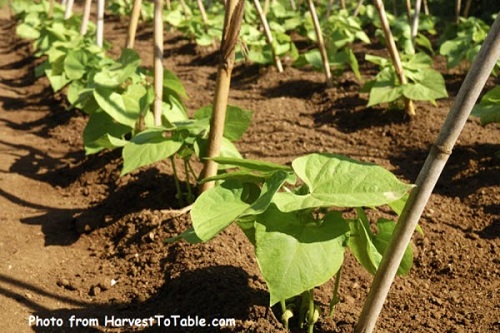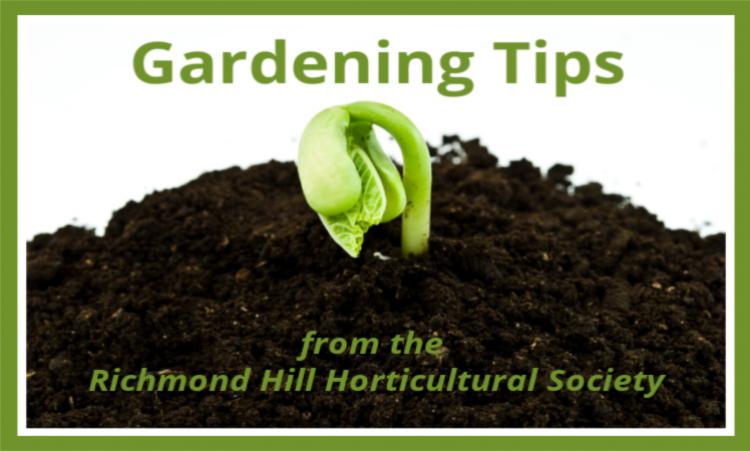Submitted by Rahe Richards, a member of the Richmond Hill Garden & Horticultural Society
Crop Rotation is the practice of planting different crops in the soil each year
It is a good practice to do crop rotation in the vegetable garden every year to avoid crop diseases and/or pests from previous years coming back the next year. Many crops produce a byproduct that can help other plants. For example, legumes produce nitrogen that they release into the soil from which other crops can benefit. By growing a different vegetable in the spot where you grew legumes last year benefits plants needing more nitrogen and growing the legumes in an area that is low in nitrogen this year, will benefit the crops you grow there in the next year.
Knowing what your crops leave or take away from the soil helps you know how to rotate crops each year so all of the crops will benefit from each other. Vegetables not only produce good food but also enhance the soil!

In a small urban garden, the gardener typically has limited space for crop rotation for planting their favourite crops. The solution is to physically transfer most of the old soils each fall/spring from the vegetable garden to the perennial garden. And then add new soil and compost to the former vegetable bed in the spring. This labour of love results in better vegetables and perennials each year!









